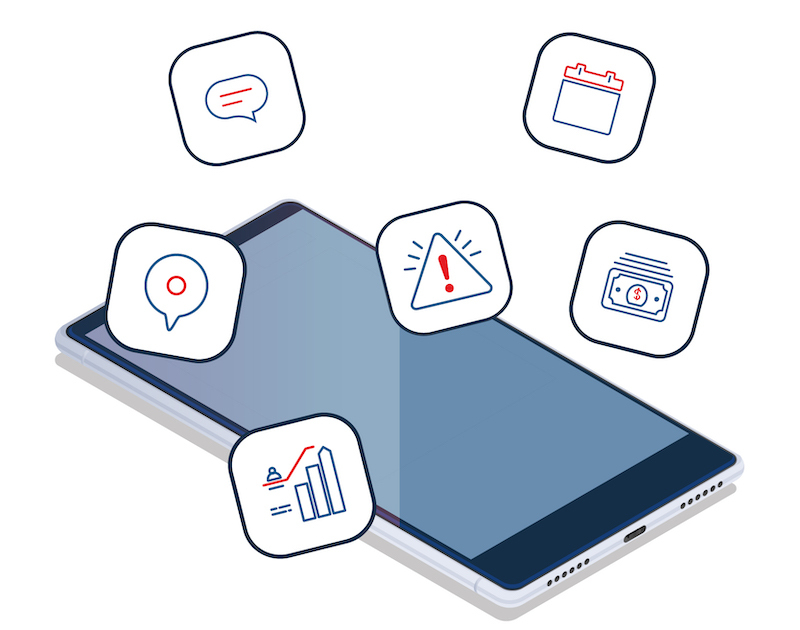
App Attack! How much tech is too much?
With recruiting and retention more challenging than ever, tech for the sake of tech simply isn’t going to cut it. Managers need to determine what key apps their drivers or field techs actually need to make their lives easier without overwhelming them.

App Fatigue
The tech revolution is here, and with it comes hundreds of new apps and app functions. One of the biggest issues, however, is that many of these apps serve a single purpose, taking up unnecessary room on devices and overcomplicating processes. Your drivers and techs will thank you for getting rid of single-function apps and instead choosing consolidated platforms that provide multiple uses.
Identify Needs
Improve Ease-of-Use
Technology is becoming increasingly more important for fleet and field service companies who want to improve operational efficiency and productivity. When used correctly, apps can be a huge asset to drivers and field techs—they can eliminate the need for outdated and lengthy manual processes, help drivers keep track of safety and compliance, and help field service technicians by combining all customer and job data into a single dashboard.
It’s important that managers take the time to talk with their team members to learn what processes they think can be organized by apps and get their feedback on the apps they’re currently using. Keeping an open line of communication with your employees can increase satisfaction with their jobs and make them more open to adopting newer tech in the future. By recognizing these key elements of app implementation—consolidation, integration and ease-of-use—fleet and field service companies can continue to expand their suite of digital assets and reduce app fatigue within their organization.





